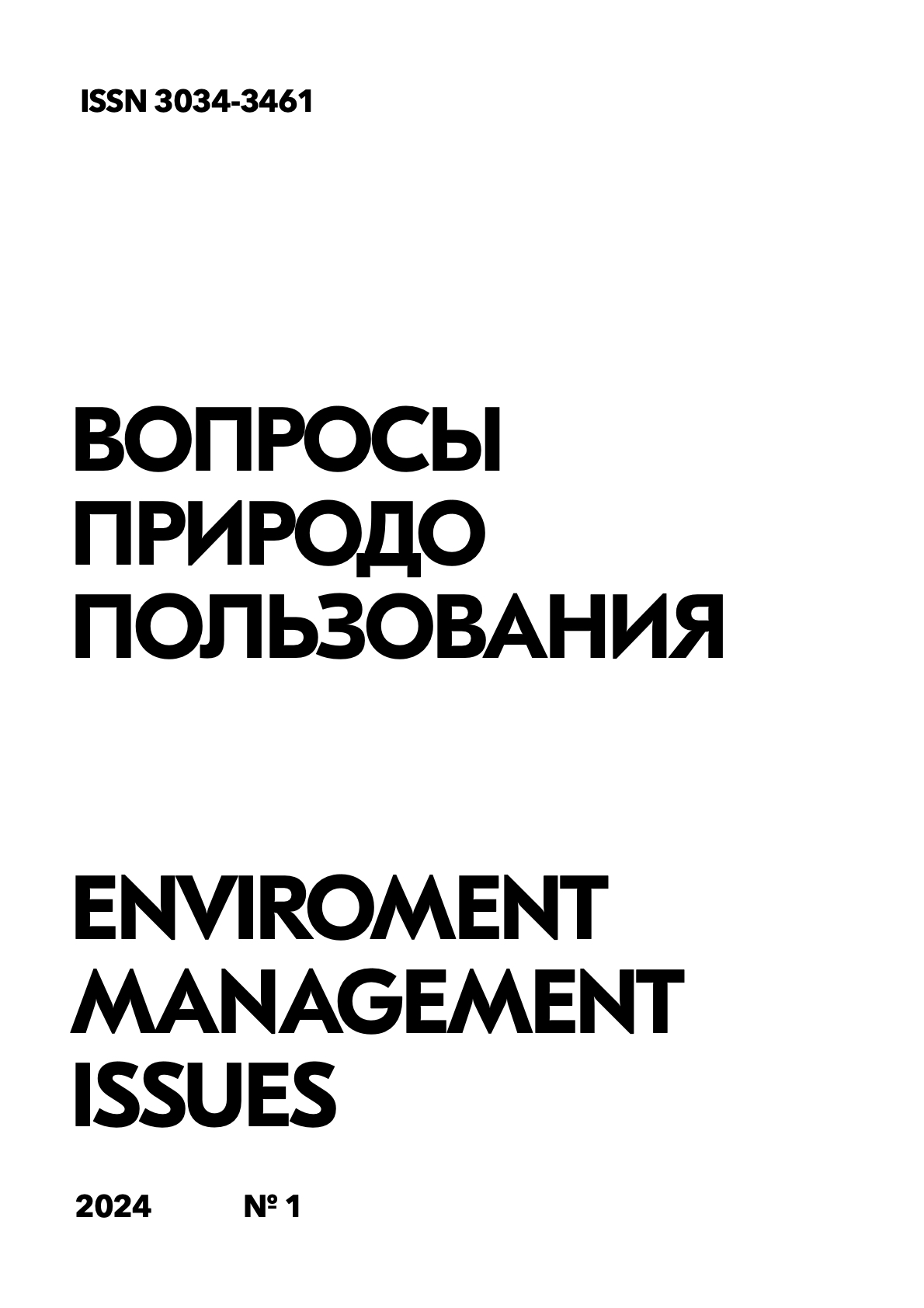The impact of digital twins on the improvement of production processes and the economic rationale for their use
Keywords:
testing, methods, approaches, risk, productionAbstract
Digital twins, which are virtual analogs of physical objects or processes, are becoming increasingly important tools in modern industry. This article explores the impact of digital twins on improving manufacturing processes and provides an economic rationale for their application. The aim of the study is to analyze specific cases of implementing digital twin technologies in enterprises across various industrial sectors and to assess their effectiveness. The first part of the article examines the main concepts and technologies underlying the creation and use of digital twins. Key components of digital twins and methods of integrating them into production chains are described. The advantages that digital twins bring to the process of management and optimization of production, including improved quality control, reduced equipment downtime, and increased overall operational efficiency, are discussed. The second part of the work is devoted to empirical research and the analysis of specific examples of digital twin implementation in industry. Cases of technology use in aerospace, automotive, and energy sectors are presented. It is analyzed how digital twins contributed to the rapid identification and elimination of faults, optimization of planning, and prediction of maintenance. Significant attention is given to economic aspects such as reducing maintenance costs and increasing the profitability of production operations. The concluding part of the article summarizes the research results, highlighting the significant impact of digital twins on improving manufacturing processes. The prospects for further development and use of technologies in the context of rapid progress in artificial intelligence and the Internet of Things are noted. The economic rationale for the application of digital twins is confirmed by significantly improved productivity and profitability indicators, making them an important element of the development strategy of modern enterprises. Overall, the study demonstrates that digital twins play a key role in transforming industrial processes, contributing to increased efficiency and economic profitability of production.
References
Антонов В.В. Создание, интеграция и использование цифровых двойников предприятий // Горный журнал. 2023. № 10. С. 75-78.
Артяков В.В., Грошева П.Ю., Чурсин А.А., Юдин А.В. Цифровой двойник монопродуктового предприятия как инструмент его эффективного развития // Горизонты экономики. 2023. № 3(76). С. 95-102.
Голиницкий П.В., Антонова У.Ю., Гринченко Л.А., Видникевич С.Ю. Применение цифровых инструментов для совершенствования производственного процесса // Компетентность. 2023. № 5. С. 32-37.
Дунина А.А. Цифровые двойники на производстве как одно из направлений цифровой трансформации экономики // Стратегии бизнеса. 2022. Т. 10. № 5. С. 114-116.
Митрофанов Д.Ю., Перерва О.Л. Оптимизация производственных процессов с использованием цифровых двойников // Экономика и предпринимательство. 2023. № 9(158). С. 884-888.
Орысюк Д.А., Коновалова В.С. Аспекты применения цифровых двойников изделий // Молодые ученые – развитию Национальной технологической инициативы (ПОИСК). 2023. № 1. С. 385-386.
Павлов А.Д., Аносов М.С., Шатагин Д.А., Желонкин М.В. Анализ модели цифровых двойников машиностроительного производства // Тенденции развития науки и образования. 2023. № 104-13. С. 205-207.
Русскин В.Д., Сафонова Т.В. Использование цифровых двойников в крупном производстве // Информационные технологии и системы: управление, экономика, транспорт, право. 2022. № 3(43). С. 51-57.
Сосфенов Д.А. Цифровой двойник как инструмент оптимизации производственных процессов // Инновации и инвестиции. 2023. № 5. С. 149-153.
Ткаченко Н.В. Цифровой двойник производственной системы машиностроительного предприятия // Тенденции развития науки и образования. 2023. № 98-11. С. 188-193.
Published
How to Cite
Issue
Section
License

This work is licensed under a Creative Commons Attribution-NonCommercial-NoDerivatives 4.0 International License.




